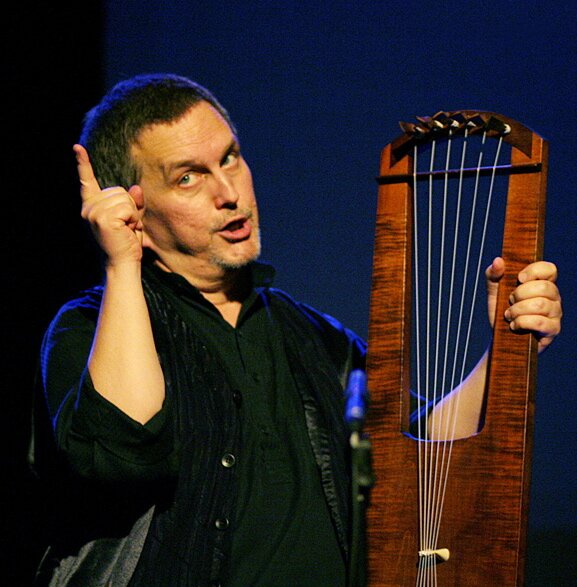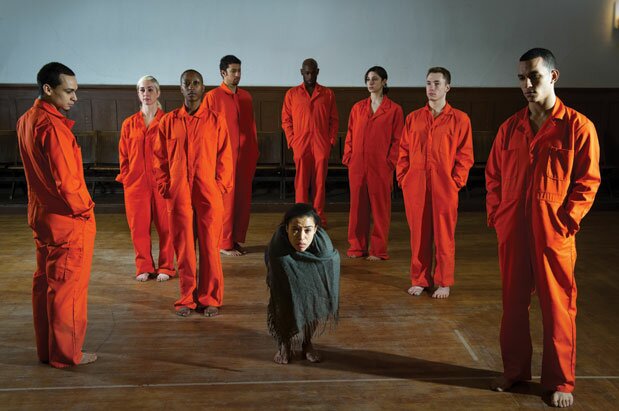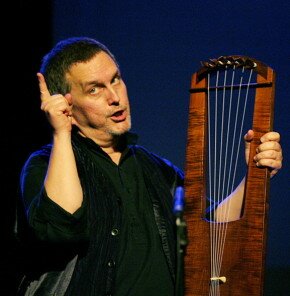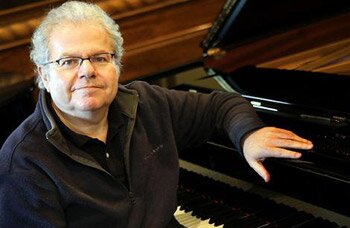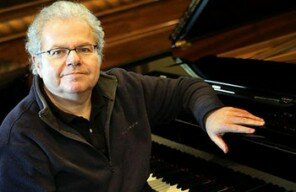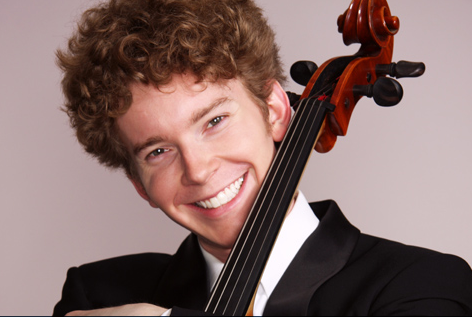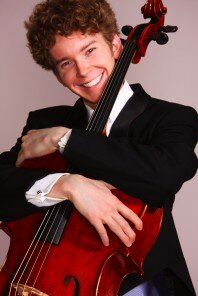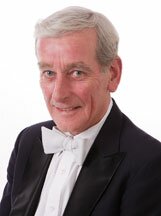
Thank goodness we don’t need to dance a virgin to death these days to have spring bestow a kindly eye on us. But back in the dawn of tribal history, somewhere, this barbarous idea may have taken hold. It’s this pagan ritual which inspired Stravinsky to compose one of the most famous and arguably most influential works of the 20th century, The Rite of Spring, for Diaghilev’s Ballet Russes.
This year marks the 100th anniversary of its first performance, which caused a riot in Paris, thanks to the uncivilized and uncomfortable feelings it aroused in its sophisticated Parisian listeners. It still sounds raw, wild and unsettling, and it’s still difficult to play in the early 21st century. The performers have to count like crazy as the beat changes every measure. Nowadays it is heard more in concert programs than for a ballet.
The Rite is receiving many performances this season, one of them this past weekend by the Auburn Symphony Orchestra at that city’s Performing Arts Center. (Their next event, “A Little Wine, A Little Music,” is coming up May 11.) For this concert, conductor Stewart Kershaw coupled it with Richard Strauss’s Death and Transfiguration, a tone poem on essentially the same theme, composed some 22 years earlier, but utterly different in the way the composer chose to consider the struggle between good and evil, life and death, and finally reconciliation with the inevitable.
Strauss’s music is tonal and lavish with rich climaxes, and unhurried, lush interludes, where Stravinsky’s is dissonant, unexpected, harsh, exciting. Both composers make spelendid use of instrumental colors, particularly the winds, and in Strauss, two harps.
This would be a tough program for any orchestra. For the ASO, a group of professional musicians who come together only a few times a year to play orchestral concerts (as opposed to chamber-sized works or pit work), it was a large undertaking, the more so in that the orchestra can only afford two or three rehearsals per program. Several more musicians were added to make up the large forces needed.
Given that many in the Auburn audience would not have been familiar with the Rite, Kershaw prefaced the performance of the work Saturday night by explaining various parts of the scenario and asking the orchestra to illustrate them. His enthusiasm and love for the work came over clearly, but for those who know the work, he went on a little too long. Nevertheless, describing the roles played by the alto flute, the bass trumpet and the high starting register of the bassoon added to the enjoyment.
While the Strauss received the usual excellent performance this orchestra achieves, the Stravinsky sounded a little cautious. Sunday afternoon’s performance likely was played with more of the abandon the work requires. In both Strauss and Stravinsky Saturday some entrances were a trifle ragged also, but all the players and particularly the brass and winds deserve kudos for some remarkable playing.
